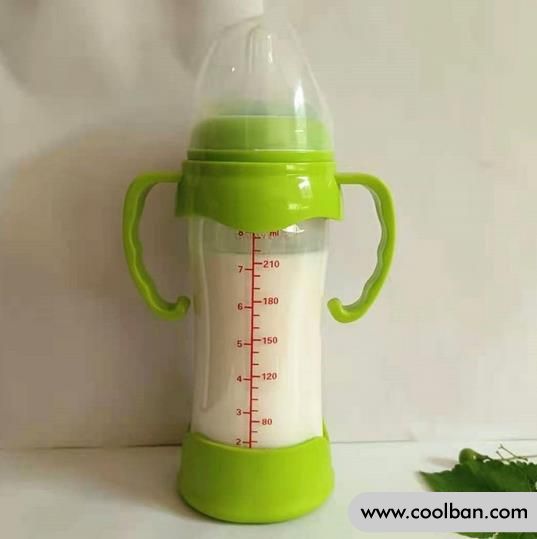What kind of bottle is best for children?
2022-03-16
When children are relatively young, they all grow up on milk. Whether it is breast milk or formula, there is no shortage of milk storage bottles. There are many types on the market. What is suitable for your child? Material, shape, function, etc., these are all issues that need to be considered when choosing. How to choose a milk storage bottle? Let's take a look together.

1. Buy regular brands. In this way, the health of the child is guaranteed. When buying milk storage bottles, mothers should not buy some unheard-of brands for convenience or cheapness. This is not to say that unheard brands are bad, but that it is difficult for unheard brands to guarantee their safety, and it is impossible to have the same safety and good after-sales service as brands.
2. Consult a professional. We must do a good job of prevention and understanding of this. If mothers have no purchase experience in this area, they can find experienced or professional staff to buy storage bottles together. Because some salespeople will exaggerate or introduce some features that the product does not have when promoting the product.
3. Pay attention to the tightness of the milk storage bottle. When mothers buy a milk storage bottle, the first thing to consider is the airtightness of the milk storage bottle. Otherwise, once mothers buy milk storage bottles with poor sealing, they are prone to leakage of milk, deterioration of milk, etc., wasting breast milk.
Moms can ask the store to add water to the bottle and test for leaks, especially when shaken and inverted.
4. Pay attention to the capacity of the bottle. It is important to know the capacity of the bottle. Although the bottles are all marked with scales, they vary in size. Mothers can choose according to their own milk volume, there is no need to choose the largest capacity.
After all, the milk bottle can only store milk once and cannot be stored repeatedly, so it cannot guarantee freshness and hygiene.
5. Pay attention to the packaging information of the bottle. When buying a wine bottle, in addition to checking the quality of the wine bottle itself, you should also check the information on the bottle packaging, especially the production batch number and use date.
If you find the information on the bottle packaging is vague or missing, be sure not to buy it, as it is likely to be a product or a fake.
6. Buy a special bottle. For some special babies, such as cleft lip babies or babies less than one month old, there are special feeding bottles on the market.

1. How to eat. Be careful when using milk. After taking out the breast milk in the storage bottle from the refrigerator, wait for the temperature to return to room temperature, pay attention to heating it in water during the heating process, and give it to the baby after the temperature is suitable.
2. Put the date on the milk storage bottle. Pay attention to the choice of time. The date on the bottle is to avoid breastfeeding the baby for too long during use, which is extremely detrimental to the baby's health.
3. Store in an appropriate amount. The right amount here refers to the amount of baby food stored at one time. Don't store too much in one bottle. It is also a waste for the baby to finish eating. It is better to prepare an extra bottle.
4. There is a way to store it. The bottle that stores breast milk cannot be put in the refrigerator directly after expressing milk, but should be soaked in cold water for two minutes, and then put in the refrigerator at a temperature of about 4 degrees Celsius.
The above are the questions and precautions about the purchase of baby milk storage bottles. Doing a good job of these correct understandings can reduce the wrong use and avoid the problems as much as possible. Generally, fresh milk is stored and consumed within 24 hours, which is good for the child's body and ensures the freshness of the milk.
